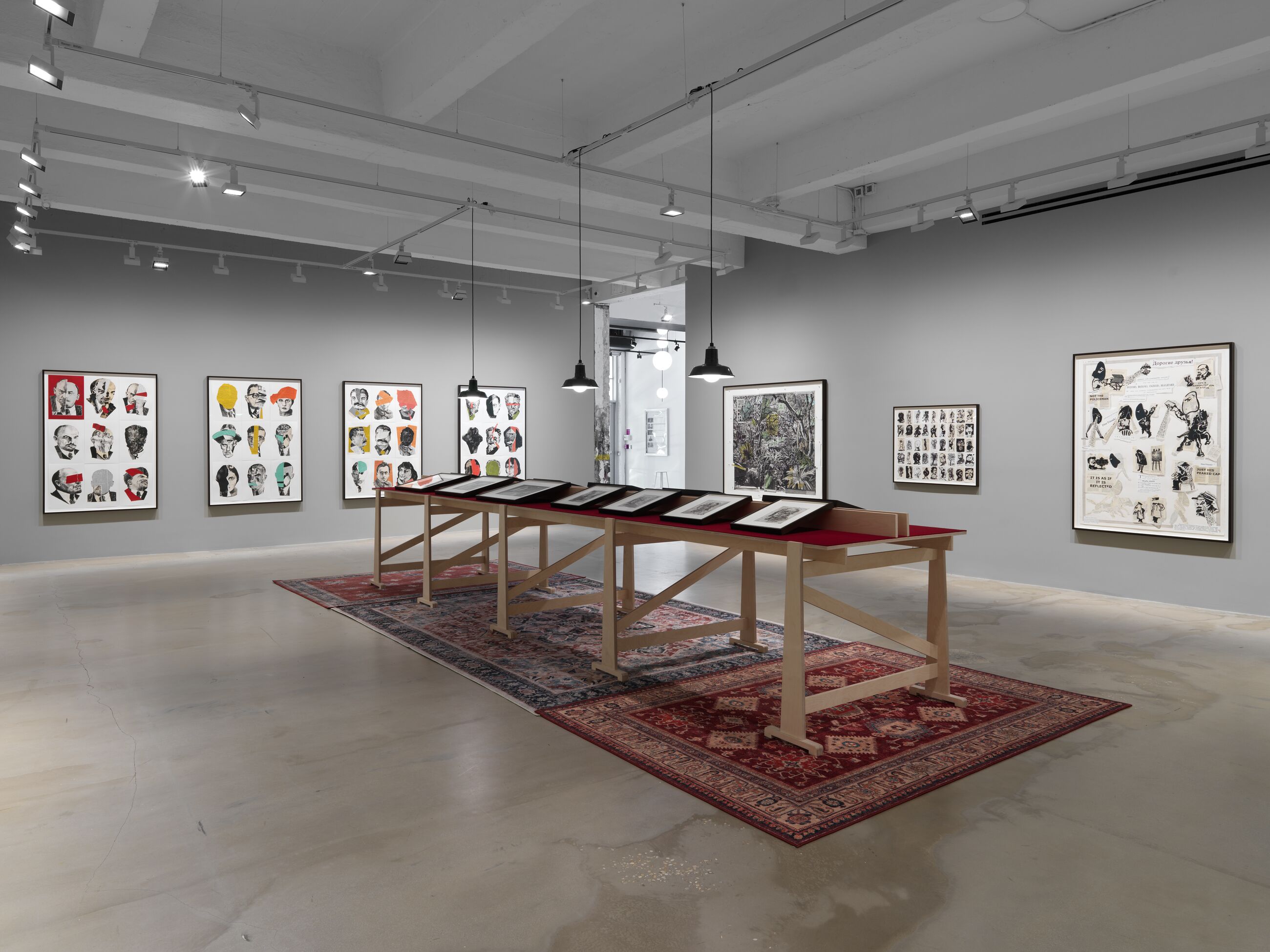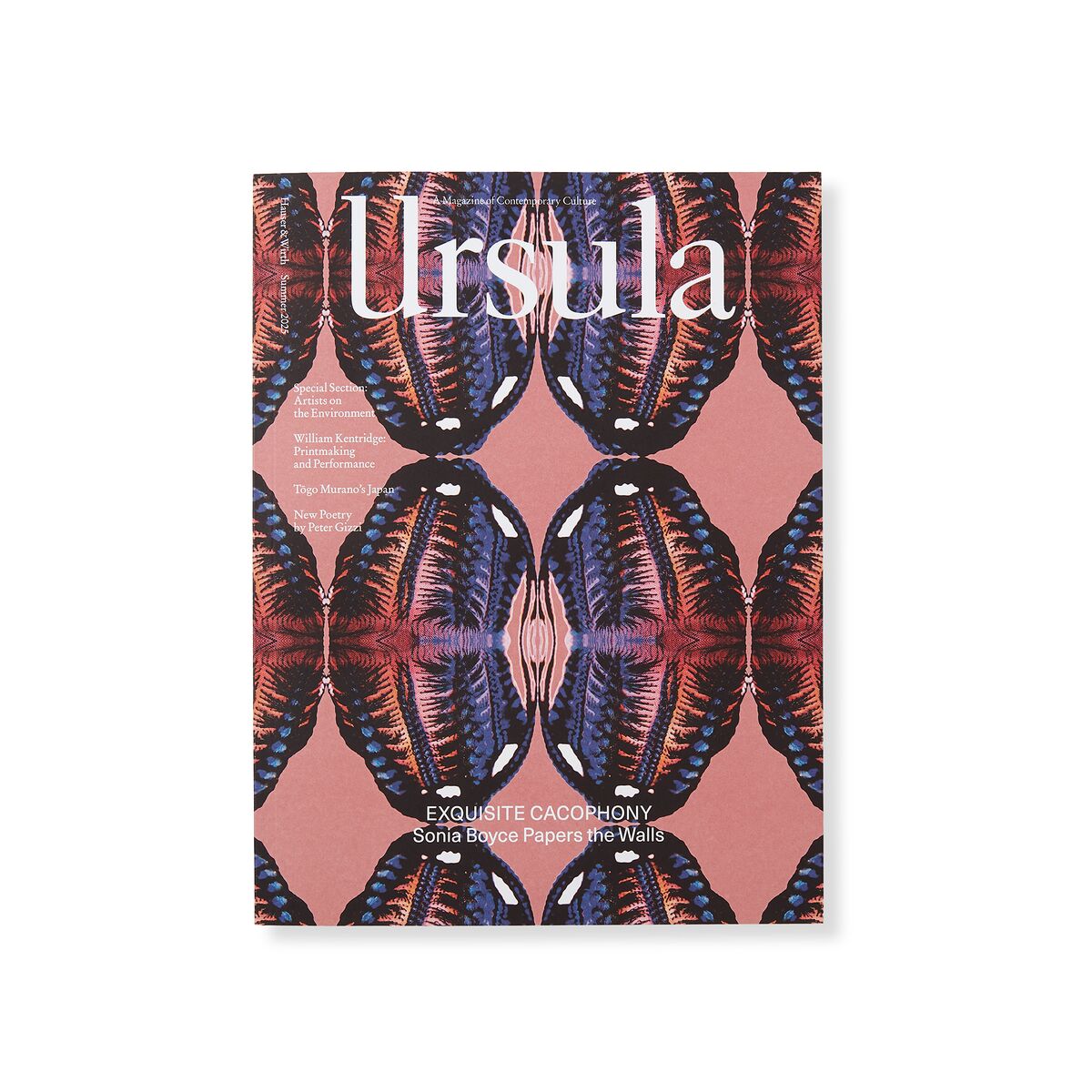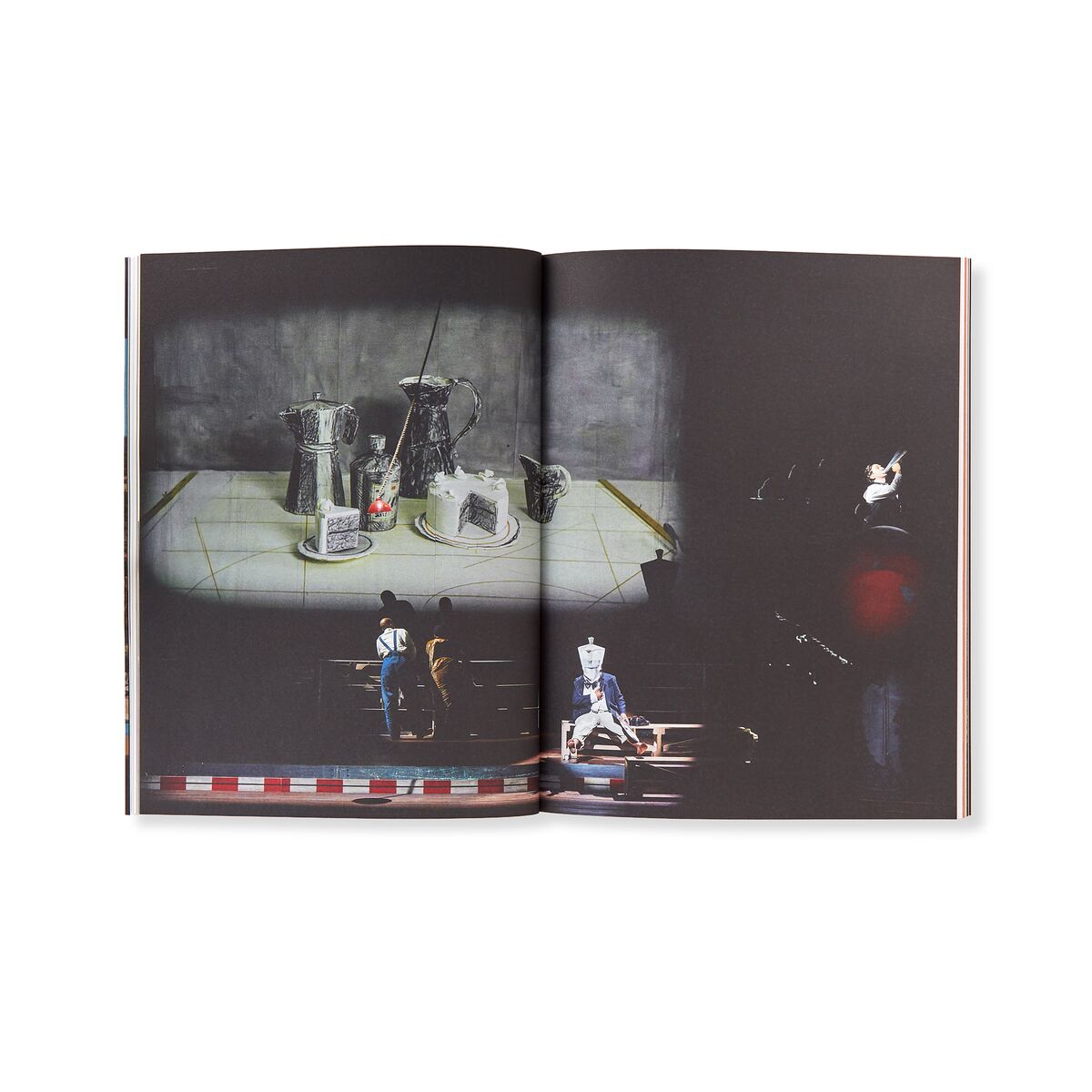
Installation view, ‘William Kentridge. A Natural History of the Studio,’ Hauser & Wirth 18th Street, New York City, 2025.
In Conversation: The Prints of William Kentridge with Judy Hecker, Jillian Ross and Leora Maltz-Leca
On the occasion of the exhibition ‘William Kentridge. A Natural History of the Studio,' and to celebrate the release of Ursula magazine’s new Summer issue, please join us for a conversation about printmaking, process, and metaphor in Kentridge’s prints with Judy Hecker, the executive director of Print Center New York; Jillian Ross, master printer; and Leora Maltz-Leca, professor of contemporary art history at RISD.
For his inaugural exhibition with Hauser & Wirth in New York, Kentridge presents his acclaimed nine-episode film series ‘Self-Portrait as a Coffee-Pot’ and more than forty-five drawings integral to the film’s creation, alongside a group of sculptural works. The immersive installation occupies two floors of the gallery’s 22nd Street building.
Running concurrently with the exhibition at 22nd street is a selection of the artist’s prints—representing many bodies of work made over the last two decades—on view at the gallery’s dedicated editions space on 18th Street. Coinciding with these presentations, Ursula features an essay in the new issue by Judy Hecker about printmaking, experimental performance, and the process of ‘thinking aloud’ in Kentridge’s work.
This program is free; however, reservations are required.
Click here to register.


About William Kentridge
William Kentridge is internationally acclaimed for his artworks, theater and opera productions. His method combines drawing and erasing, tearing, gestural painting, collage, weaving, casting, writing, film, performance, music, theater and collaborative practices to create works of art that are grounded in politics, science, literature and history, yet maintain a space for contradiction and uncertainty.
Born in 1955 in Johannesburg, South Africa, where he currently lives and works, Kentridge grew up under the pall of apartheid. His practice has parsed and questioned the historical record—responding to the past as it ineluctably shapes the present—and created a world within his art that both mirrors and shadows the inequities and absurdities of our own. By employing varied mediums, Kentridge seeks to construct meaning through the use of historical resources, including maps, language and everyday imagery, while always maintaining a space for contradiction and uncertainty.
About Judy Hecker
Judy Hecker is executive director of Print Center New York. Previously, she co-organized ‘William Kentridge: Five Themes’ at MoMA (2010) and authored ‘William Kentridge: Trace.’ Prints from The Museum of Modern Art’ (2010). Her article ‘Testing Hypotheses: Performance, Process and Printmaking in the Art of William Kentridge’ appears in the Summer 2025 issue of Ursula.
About Jillian Ross
Jillian Ross is a master printer who ran David Krut Workshop in Johannesburg for nearly 20 years, where she became one of Kentridge’s primary print collaborators. In 2021, she founded Jillian Ross Print (JRP), a collaborative print studio and publisher in Saskatoon, Canada working primarily with Canadian and South African artists, including Kentridge.
About Leora Maltz-Leca
Born and raised in Durban, South Africa, Leora Maltz-Leca is the author of 'William Kentridge: Process as Metaphor and Other Doubtful Enterprises' (2018). She is a professor of global contemporary art history at RISD and director of RISD’s global arts and culture program.
About Ursula Magazine
Ursula is a quarterly magazine published by Hauser & Wirth, that celebrates the artistic achievement and creativity of the gallery's artists and those beyond. Through the printed magazine, digital content platform and live programs, Ursula champions artistic practices that challenge and interrogate the future, highlighting a diverse range of contemporary culture that Hauser & Wirth finds compelling. Featuring stories from the worlds of art, design, film, books, food, and sustainability, Ursula invites readers to think critically, ask questions, and engage with the ideas shaping our world. Written in a sophisticated yet accessible style, Ursula appeals to a broad, inquisitive readership, from dedicated insiders to curious observers. ‘It has always been our mission to make the gallery a home for our artists where other thinkers, writers, and visionaries can also gather and engage,’ gallery President Iwan Wirth told Artnet News. ‘Now Ursula will be an editorial home as well, a truly global magazine that reflects our philosophy.’
Forthcoming Events: New York
1 / 4


